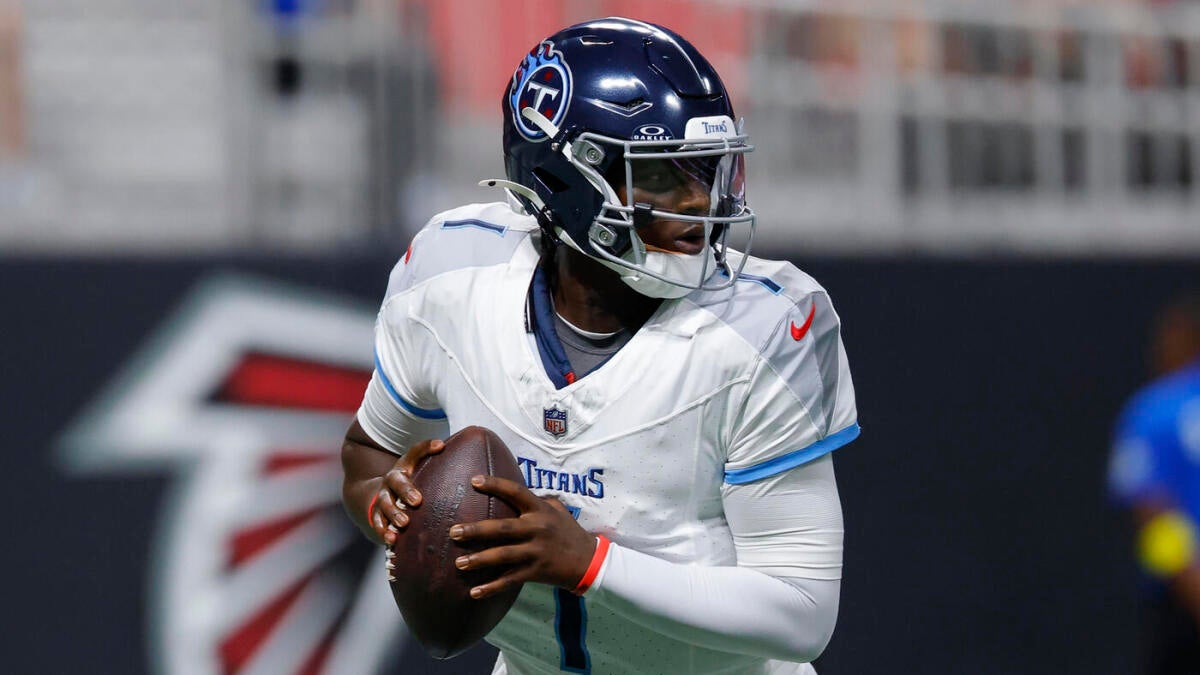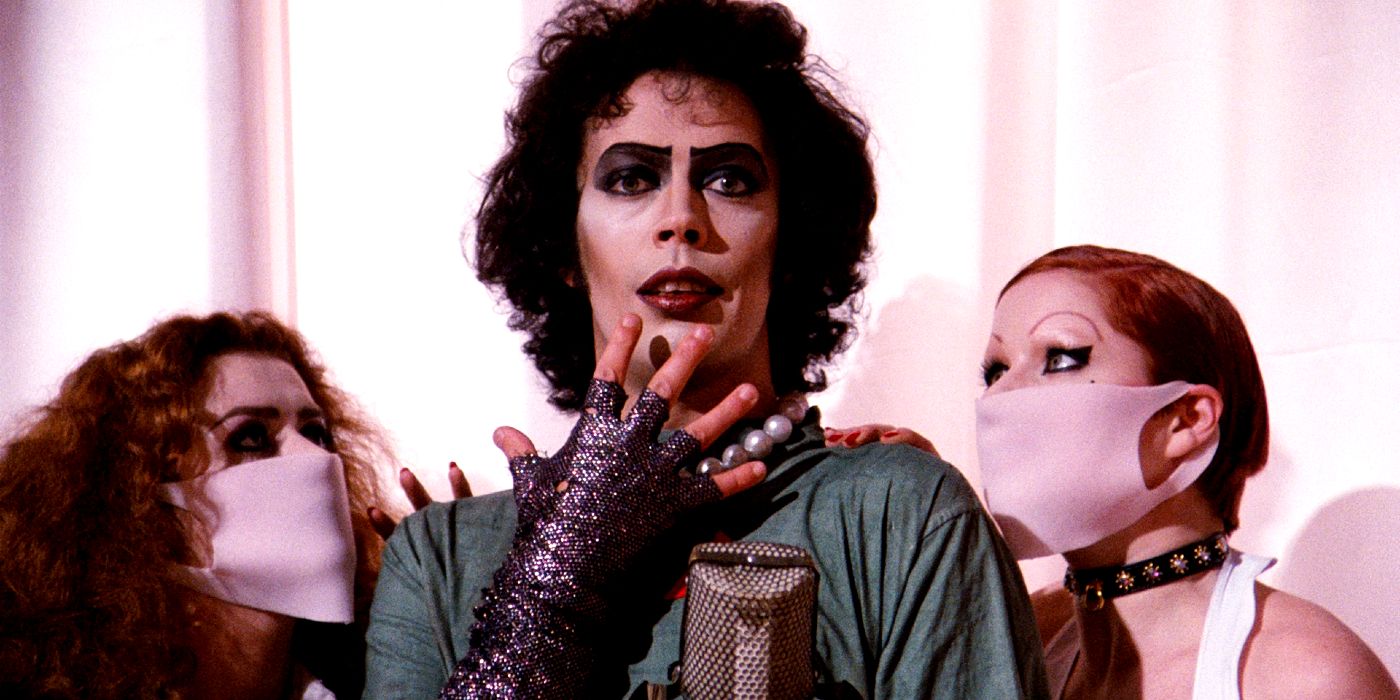Why Is the US Economy a Puzzle with Missing Pieces?

Understanding the Current Economic Landscape: Stagflation Risks and Consumer Resilience
The economic landscape of the United States is undergoing a significant transformation, marked by a series of unprecedented policy decisions and external pressures. Renowned economists have raised alarms about the potential risks posed by tariffs and immigration policies implemented under President Donald Trump's administration. Concerns echo those of the 1970s, where a volatile combination of stagnant growth and rising prices, termed "stagflation," could become the new normal. As the White House dismisses these worries and even takes drastic measures against dissenting voices, the American economy finds itself at a critical juncture, navigating through uncertainty.
The Paradox of Economic Signals
Despite the warnings from financial experts, the immediate economic data presents a paradox. While job creation has been sluggish, with a notable lack of growth in the labor market throughout the mid-year months, consumer spending has shown unexpected resilience. The unfolding situation leaves the US central bank in a state of paralysis, grappling with data that remains inconclusive in determining the future trajectory of interest rates and economic stability.
The August jobs report sent shockwaves through financial markets, highlighting the alarming trend of stagnant job growth and increasing discouragement among workers. This led to a swift reaction from the administration, including the dismissal of the US Bureau of Labor Statistics commissioner, reflecting a broader strategy to manage the narrative surrounding economic performance. As Moody's Analytics economist Mark Zandi candidly pointed out, the economy teeters on the edge of recession, although this sentiment does not represent a universal consensus among experts.
Current Economic Growth and Consumer Behavior
In the first half of the year, the US economy grew at an annual rate of 1.2%, a decline from the previous year’s performance. Yet, amidst this slowdown, consumer spending remains a bright spot. Even in the face of inflationary pressures and rising interest rates, consumer behavior has exhibited a surprising level of stability. For instance, data reported by the government shows an increase in retail and restaurant spending by 0.5% from June to July, signaling that households continue to engage with the economy, albeit cautiously.
The chief financial officer of JPMorgan Chase recently highlighted this resilience, stating, "We continue to struggle to see signs of weakness." This sentiment suggests that while the economy faces challenges, consumers are not entirely deterred. The optimism stems from expectations that tax cuts and a recovering stock market could bolster consumer confidence and spending in the coming months, potentially countering the negative effects of rising prices.
Inflationary Pressures and Price Trends
As the economy grapples with stagnation, inflationary pressures are beginning to manifest. Consumer prices rose by 2.7% in July compared to the previous year; this pace remains consistent with June's rate. However, forecasters had anticipated price increases to materialize later in the year, particularly as tariffs on certain imported goods were delayed. Notably, items such as coffee and bananas, which are difficult to substitute, have already experienced price hikes, suggesting that consumers may soon feel the broader impact of tariff policies.
The producer price index (PPI), which serves as an early indicator of future consumer price trends, revealed concerning data in July, with prices accelerating at the fastest rate in over three years. This uptick in wholesale prices raises the specter of stagflation, as both consumer and producer inflation suggest a more widespread increase in prices beyond initial expectations. With firms preparing to adjust prices to reflect new tariff realities, consumers may soon find themselves facing higher costs across a range of essential goods.
The Role of the Federal Reserve
The current economic climate poses significant challenges for the Federal Reserve, which must navigate a landscape marked by conflicting signals. As the central bank assesses the implications of stagnant growth and rising inflation, its decision-making process regarding interest rates becomes increasingly complex. A failure to act decisively could exacerbate economic instability, while aggressive measures might stifle consumer spending and investment.
The Federal Reserve's dual mandate—to promote maximum employment and stable prices—makes its role critical in addressing potential stagflation. As inflationary pressures increase, the central bank faces the challenge of balancing these competing priorities. Economists are closely monitoring the Fed's actions, recognizing that its decisions will have significant repercussions for the overall economy.
Potential Economic Scenarios
The economic outlook for the United States is fraught with uncertainty, leading to various potential scenarios. Some economists predict a continuation of sluggish growth, accompanied by rising inflation, resulting in stagflation reminiscent of the 1970s. Others remain optimistic, suggesting that consumer resilience and favorable fiscal policies could spur a modest recovery.
Key factors influencing these scenarios include:
- Consumer Confidence: A sustained increase in consumer spending could mitigate the impacts of inflation and bolster economic growth.
- Tariff Policies: The implementation and adjustment of tariffs will play a critical role in shaping price trends and consumer behavior.
- Labor Market Dynamics: Continued stagnation in job creation may lead to a decline in consumer confidence, further complicating the economic outlook.
Conclusion: Navigating Uncertain Economic Waters
The current economic landscape presents a complex tapestry of risks and opportunities. As President Trump's administration grapples with the implications of tariffs and immigration policies, the potential for stagflation looms large. However, consumer resilience and fiscal measures may offer a pathway toward recovery. The actions of the Federal Reserve, alongside the behavior of consumers and businesses, will ultimately determine the direction of the economy in the coming months.
As we navigate these uncertain waters, it is essential to remain informed about the evolving economic landscape. How do you think the current policies will impact your financial situation in the long term? #Economy #Stagflation #ConsumerSpending
FAQs
What is stagflation?
Stagflation is an economic condition characterized by stagnant economic growth, high unemployment, and rising inflation. This combination creates a challenging environment for policymakers.
How do tariffs affect consumer prices?
Tariffs increase the cost of imported goods, which can lead businesses to raise prices to maintain profit margins. As a result, consumers may face higher prices for everyday items.
What role does the Federal Reserve play in managing inflation?
The Federal Reserve uses monetary policy tools, such as adjusting interest rates, to influence economic activity. By raising rates, it can help curb inflation, while lowering rates can stimulate spending and investment.
Published: 2025-08-15 18:00:59 | Category: technology



